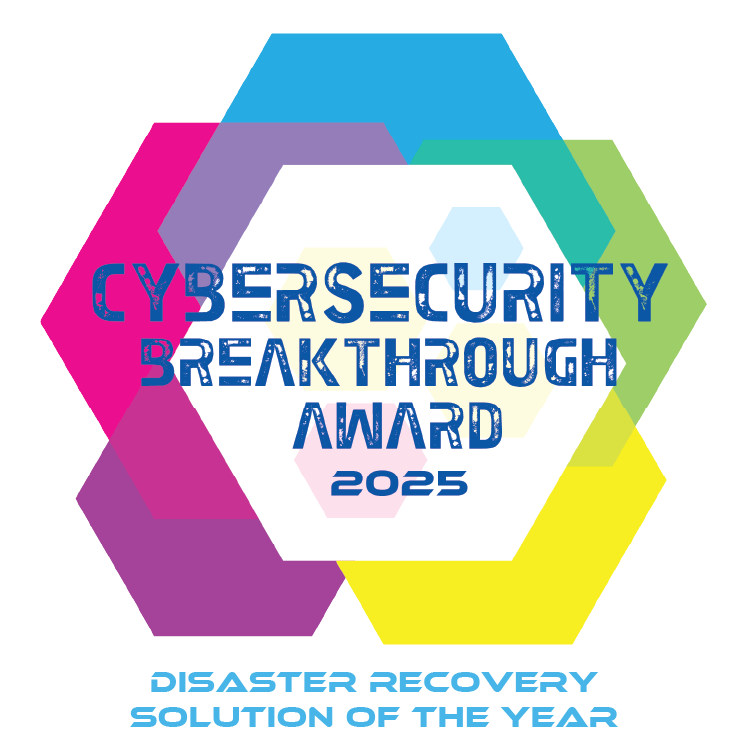Glossary Terms
What is Exchange Online Backup?
Exchange Online Backup means you keep a copy of all your important email data, like messages, calendar invites, and contacts, so you never lose anything by mistake. It’s built for businesses using Microsoft Exchange Online, part of Microsoft 365. Your backup tool runs quietly in the background, making a secure copy of everything in your mailbox. If someone deletes something or a file goes missing, you can restore it instantly without stress and delay.
What does Exchange Online Backup include?
Exchange Online Backup captures your entire mailbox, not just your emails. Once you enable it, the system starts backing up everything inside your Exchange account automatically. It actively creates a copy of everything you store, so you can retrieve it at any time you need it.
Here’s what it backs up:
Emails
The system captures every email you send, receive, draft, or move into folders. It also stores all your attachments, so you don’t lose the important files you’ve shared or received.
Emails and attachments in Exchange often consist of loosely organized content, making protection complex. Learn more about unstructured data backup challenges and how they impact backup strategies.
Calendar events
It records every meeting you schedule, every reminder you set, and every recurring event you create, keeping your entire calendar safe and restorable.
Contacts
It saves each contact you add, whether it’s a single person, a business card, or a whole distribution list, so you can always reconnect without digging through old messages.
Tasks
It backs up every task you create, from simple to-do lists to important follow-ups, helping you pick up right where you left off.
Notes
It stores the notes you write, whether you’re capturing a quick thought or logging important info for work.
Deleted items
Even if you delete something and miss the usual recovery window, the system keeps a backup copy, giving you a second chance to retrieve it.
How Exchange Online Backup works
You don’t need to be technical to understand how Exchange Online Backup works. Once you set it up, the system quietly takes over copying your mailbox data at regular intervals and keeping it safe in a secure location. You stay in control without having to do anything manually.
Here’s how the process plays out, step by step:
- Connect the tool: You start by linking your Microsoft 365 account to the backup tool. This secure connection lets the tool access your mailboxes safely and begin protecting your data.
- Set the schedule: Daily, hourly, or even more frequently, you choose the backup frequency based on how often your data changes.
- Let it run: Once it’s connected and scheduled, the tool automatically backs up all your mailbox data, emails, calendars, contacts, tasks, and more without interrupting your workflow.
- Keep versions
If you edit or delete something by mistake, your backup keeps a previous version so you can roll back and recover it easily. - Restore easily: If you lose data, just log into the backup dashboard, find what you need, and click to restore. No tickets, no waiting.
- Stay hands-free: After setup, the system handles everything. It works in the background reliably, automatically, and is always ready when you are.
How is Exchange Online Backup different from archiving?
Backup and archiving may sound similar, but they serve distinctly different functions. While archiving helps you manage mailbox storage by moving older data, backup ensures you can recover data if it’s ever lost, deleted, or damaged. Both can work together, but they solve different problems. Understanding this distinction helps you make smarter decisions about email data protection.
Here’s how they differ:
Purpose
- Archiving helps reduce mailbox size by moving older emails to a separate storage location.
- Backup protects your data by creating a separate copy that you can restore if something is lost or corrupted.
Data recovery
- Archiving does not help you recover emails that are accidentally deleted or modified.
- Backup allows you to restore deleted, changed, or lost data with just a few clicks.
Version control
- Archiving stores only the latest version of each item.
- Backup retains previous versions, so you can recover an earlier state if needed.
Use case
- Archiving is ideal for managing mailbox storage and organizing older content.
- Backup is necessary for business continuity and disaster recovery.
Risk coverage
- Archiving does not protect against data loss due to cyberattacks or accidental deletions.
- Backup provides a reliable safety net in case of accidental deletion, ransomware, or corruption.
User control
- Archiving is designed more for storage efficiency, not end-user recovery.
- Backup gives users and admins control to search, access, and restore content independently.
CrashPlan provides cyber-ready data resilience and governance in a single platform for organizations whose ideas power their revenue. With its comprehensive backup and recovery capabilities for data stored on servers, on endpoint devices, and in SaaS applications, CrashPlan’s solutions are trusted by entrepreneurs, professionals, and businesses of all sizes worldwide. From ransomware recovery and breaches to migrations and legal holds, CrashPlan’s suite of products ensures the safety and compliance of your data without disruption.
- Resources
- Resources
Privacy | Legal | Cookie Notice | Free Trial


